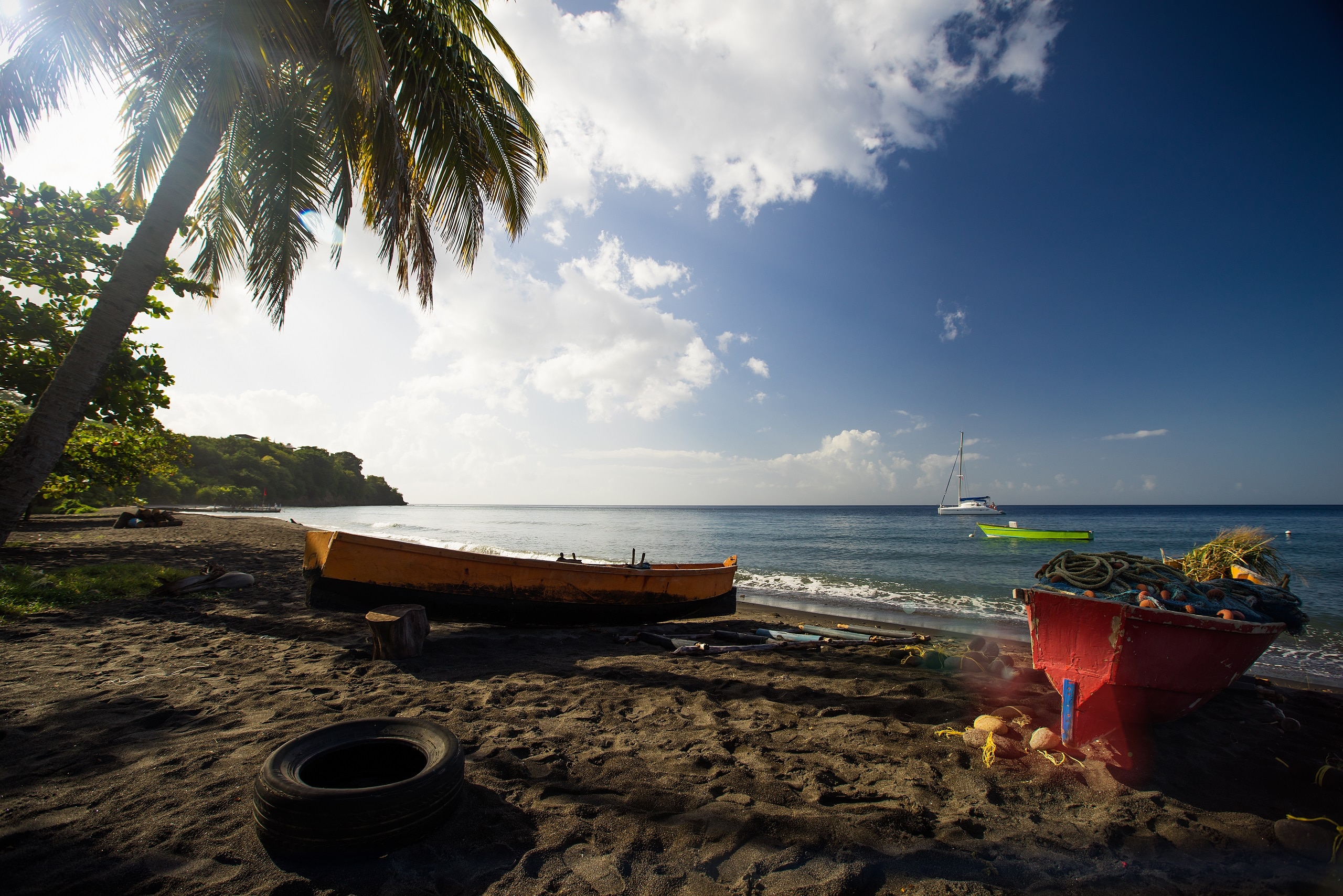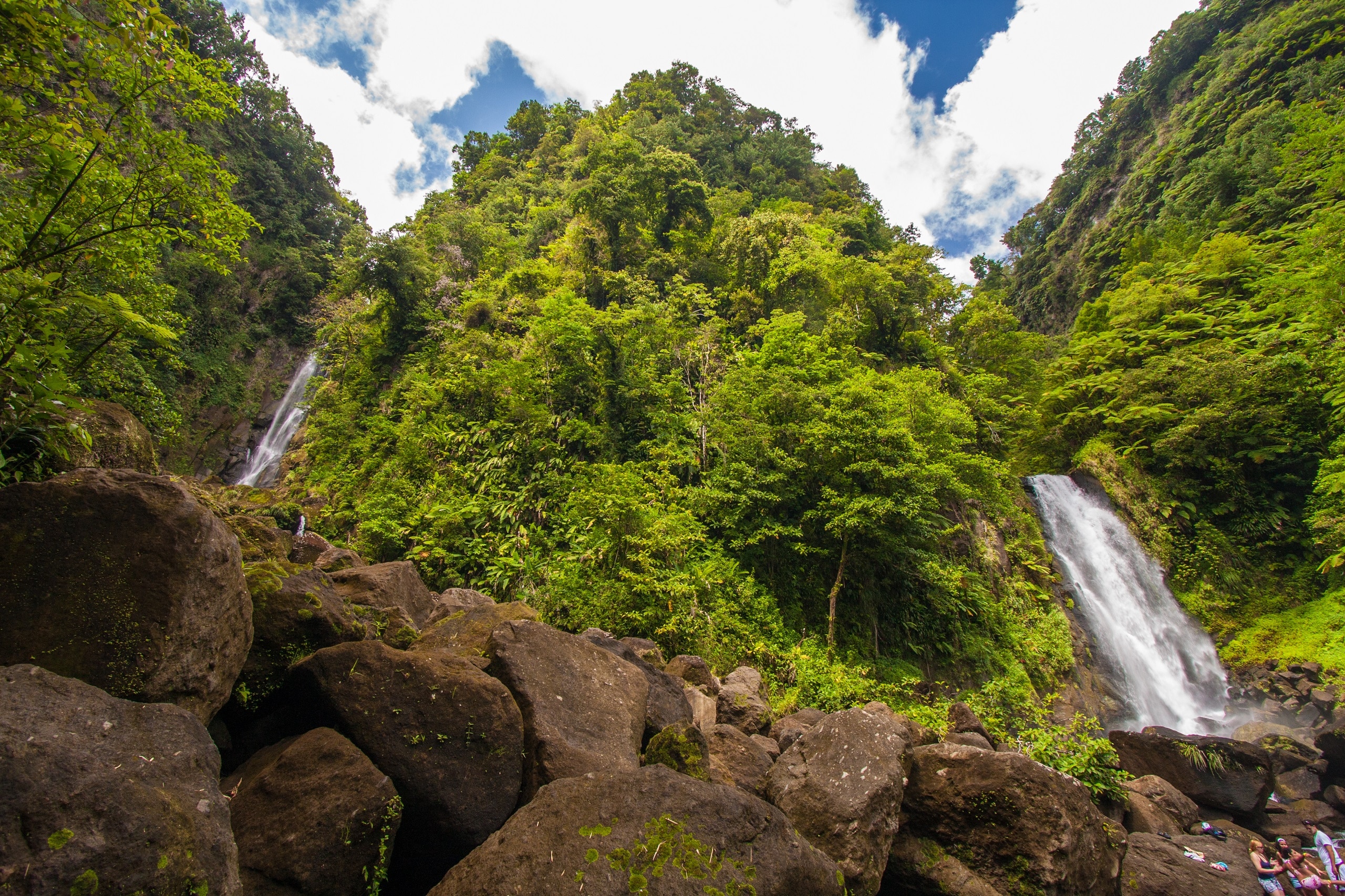Dominica
Basic Information About Dominica:
Population: The population of Dominica is 73,164.
GDP: $0.8 billion (2016)
Dominica was originally inhabited by the Kalinago but later colonized by the French. Until 1958, Dominica was governed as part of the Windwards Caribbean islands and sought independence from 1958 to 1962. On 3 November 1978, the Commonwealth of Dominica was granted independence becoming a republic and the British Crown was no longer the head of state. Agriculture, specifically banana is the economic driver in Dominica. Approximately one-third of the labor force in Dominica works in the agriculture industry.
Climate: Dominica is an all-year destination; the temperature remains constant almost year round. In winter months the temperature averages between 21° and 28°Celsius (69 ? 82 degrees Fahrenheit) and in the summer 23°- 30°Celsius (73 – 86 degrees Fahrenheit). The dry season is from February to April and the rainy season is from June to October. The spring months, from February to April, are the driest. The heaviest rains fall during late summer and fall, this is from August to December.
People: Dominica is a vibrant tapestry of European and African cultures, with the Caribbean’s only remaining population of pre-Columbian Carib Indians. Properly known as the Kalinago, Dominica’s indigenous people inhabit a 3,700 acres territory or reserve on the eastern coast of the island.
Religion: The dominant religion is Christianity, and some 77 percent of the island’s residents are Roman Catholic. There are Anglican, Methodist, Seventh – day Adventist, and Jehovah’s Witnesses communities.
Capital: Roseau is the capital city of Dominica.
Language: English is the official language of Dominica.
Currency: The Eastern Caribbean dollar (EC$)
Time Zone: UTC-04:00




